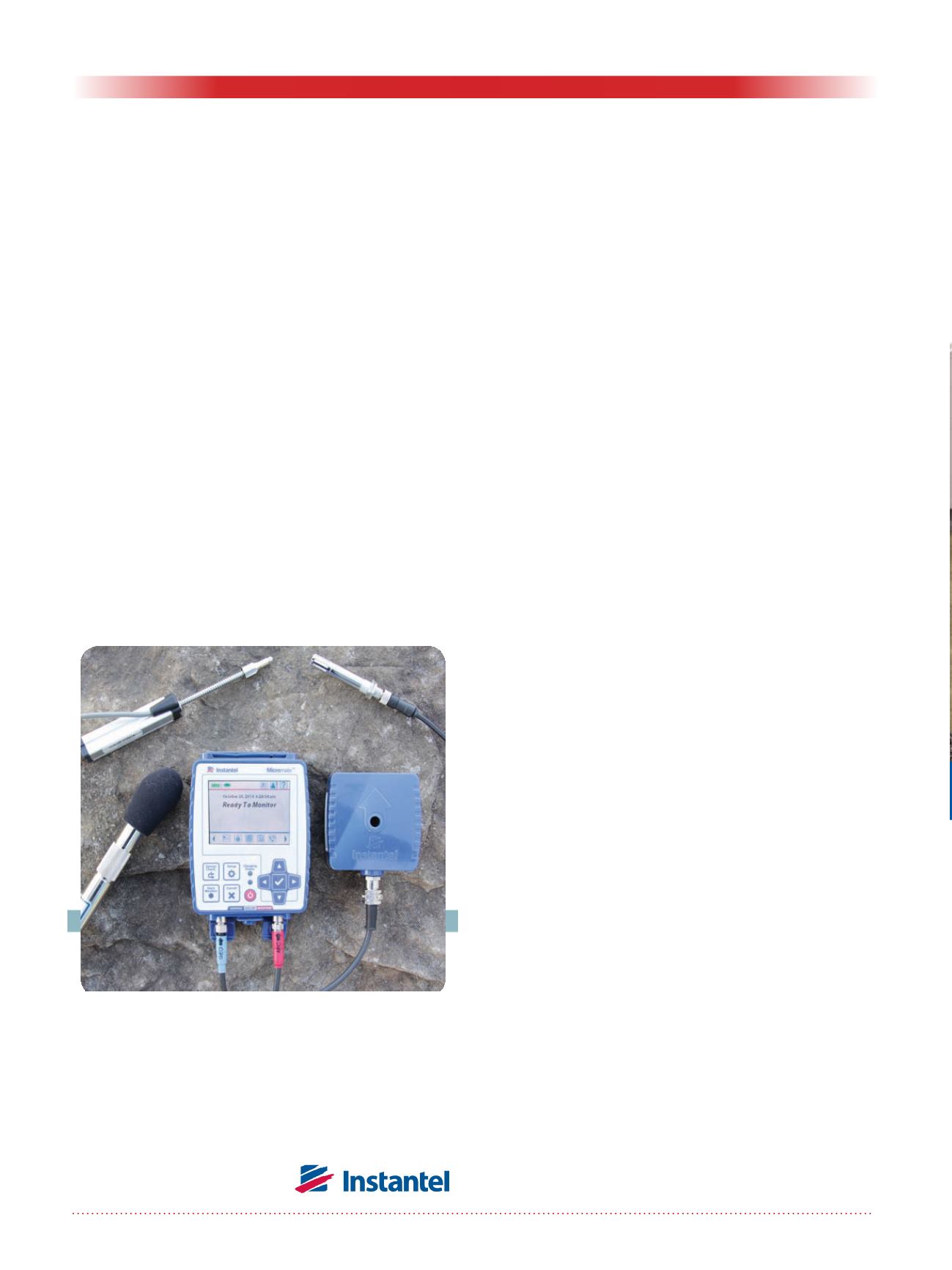
16
Geotechnical News •September 2015
CANADIAN GEOTECHNICAL SOCIETY NEWS
Seismic Earth Pressures on
Retaining Walls and Basements
Methods for evaluating the seismically
induced lateral earth pressures gradu-
ally evolved from the seminal Japa-
nese work performed in the 1920’s.
The resulting design procedures sug-
gest large dynamic loads during strong
ground motion. However field evi-
dence from recent major earthquakes
fails to show significant problems with
the performance of retaining structures
designed for static earth pressures
only. Similarly, the results of exten-
sive centrifuge experiments indicate
that seismically induced lateral earth
pressures at high PGA are significantly
less than those estimated using the
most current design methods based
on the Mononobe-Okabe assump-
tions. The presentation will focus on
latest results from centrifuge model
studies, recent observations in large
earthquakes, and their implications for
a rational seismic design of retaining
structures and basement walls.
Influence of Fabric on
Engineering Properties of
Coarse Sediments
Lightly consolidated and/or weakly
cemented coarse sediments: silts,
sands, and gravels of various ori-
gins are found in many depositional
environments. For example, steep
slopes in the marine terraces along the
Pacific Coast, bluffs in glacial sedi-
ments along the Great Lakes, and the
Athabasca Tar Sands, all share similar
characteristics of being able to stand in
steep slopes, and in being difficult to
sample and test in conventional tests..
This presentation will first address
some of the factors controlling the
engineering properties of these materi-
als, concentrating on the role of fabric
and cementation. Then the results of
geotechnical
investigations of
the stability of
slopes in weakly
and moderately
consolidated/
cemented sands
and gravels will
be presented.
Examples of
similar behavior
in a range of dif-
ferent geologic
deposits will be
discussed.
On the
Importance of
Kinematics in
the Analysis
of (Large)
Landslides
The most con-
venient methods
of slope stability
analysis rely on
limit equilib-
rium solutions
which assume a
pre-determined
slide plane
geometry and rigid body deforma-
tion. However, many, particularly
very large landslides are composed of
many individual blocks that may be
toppling, rolling or otherwise moving
downslope in a manner inconsistent
with the above assumptions. Example
results of discrete body deformation
modeling will be used to show that in
such cases the traditional limit equilib-
rium methods would lead to errone-
ous and possible very unconservative
conclusions.
Provided by Kevin Biggar
Canadian Foundation for
Geotechnique
Heritage Committee
History of Local Chapters of the
Canadian Geotechnical Society
The Heritage Committee believes that
the history of the local chapters of the
Canadian Geotechnical Society to be
valuable part of the Society and its
members. The CGS Heritage Com-
mittee would like to assemble if at
all possible, a collection of historical
summaries of all the chapters. Hope-
fully these stories will encourage other
local chapters of the CGS to gather
their archives and write their own
history.
If you have any questions or have
other historical information that you
wish to share or know of any oppor-
tunities to acquire material that is at
risk of being lost, please contact the
Chair of the CGS Heritage Committee,
Suzanne Powell, P.Eng
., at
spowell@
thurber.ca
Editor
Don Lewycky, P.Eng.
Director of Engineering Services,
City of Edmonton
11004 – 190 Street NW
Edmonton, AB T5S 0G9
Tel.: 780-496-6773
Fax: 780-944-7653
Email:


